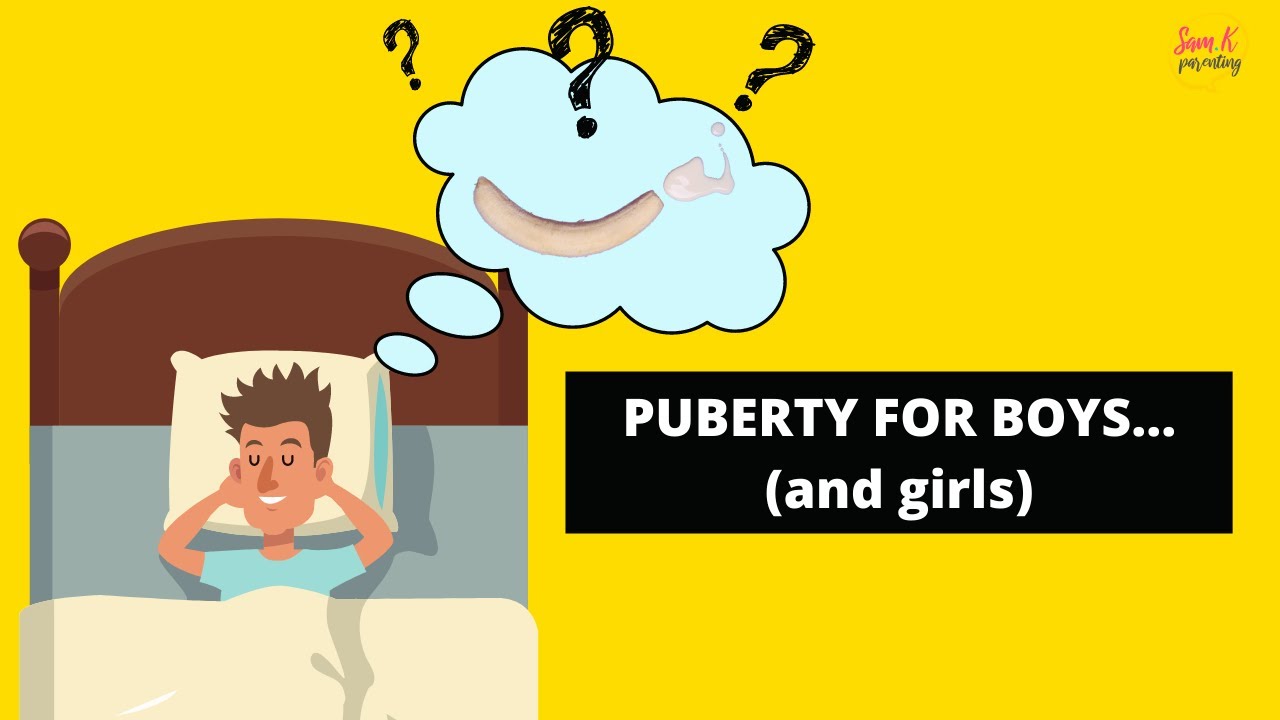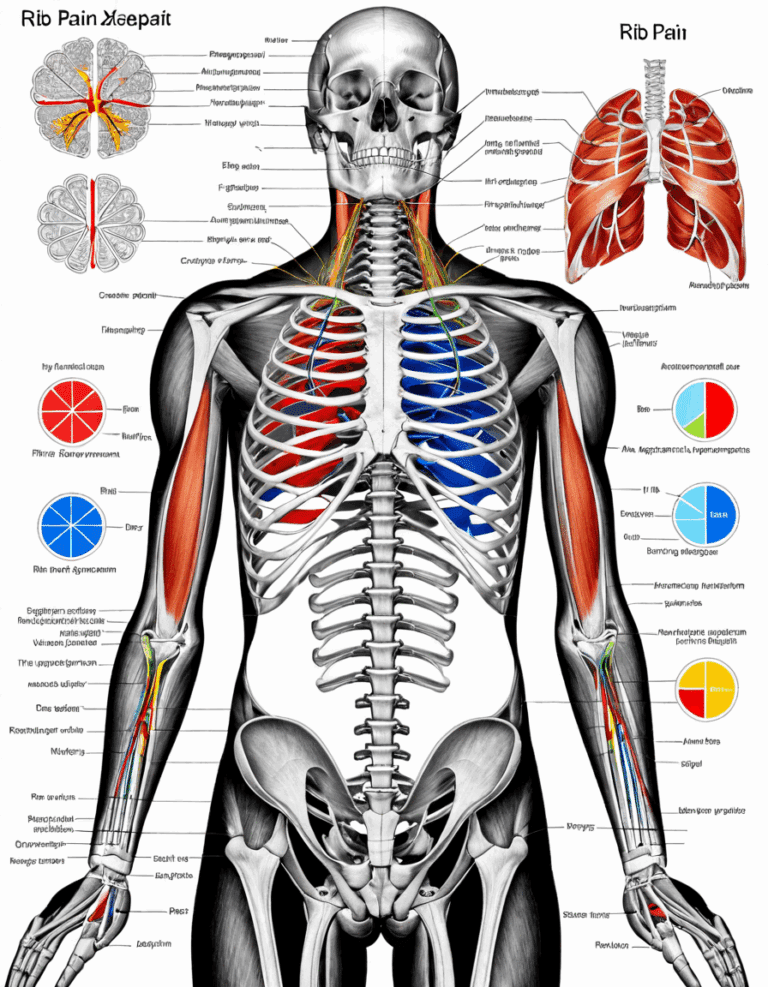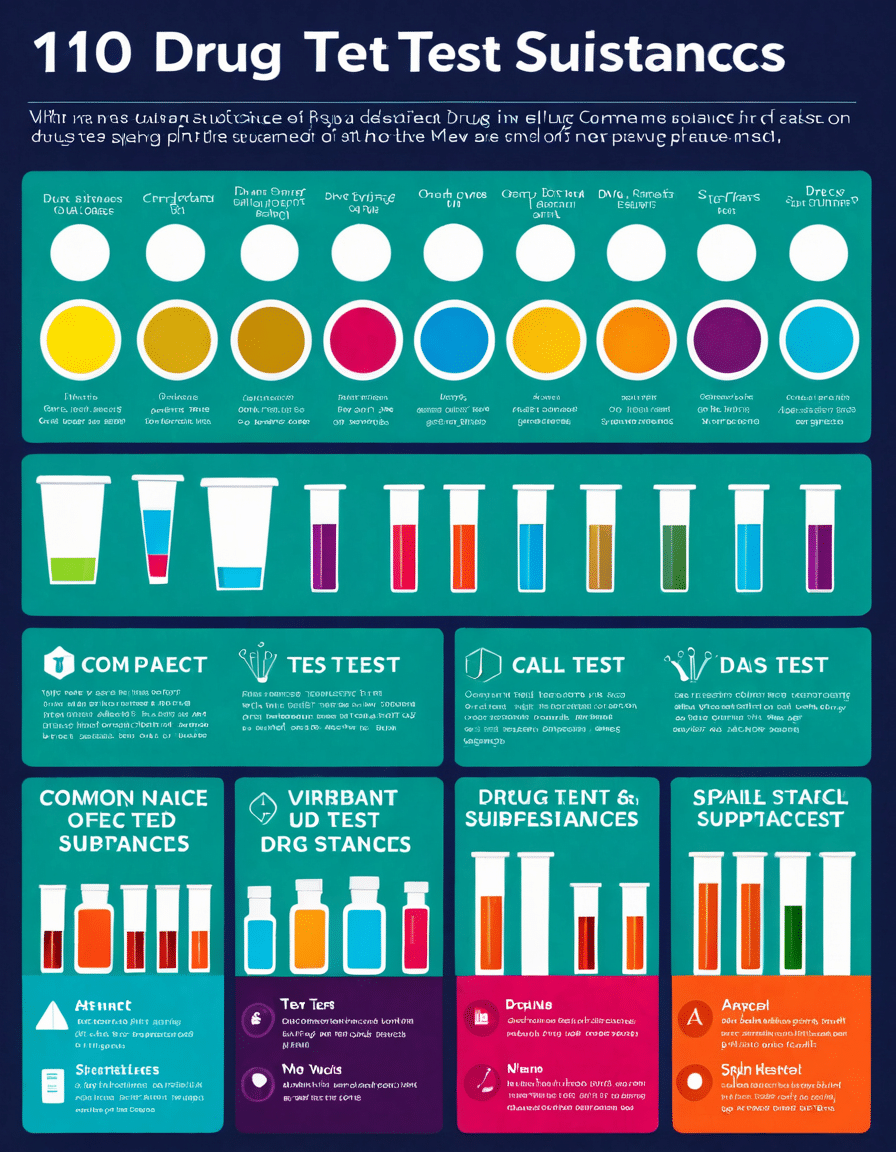
Wet Dreams: The Science Behind Fascination and Frequency
Wet dreams, also known as nocturnal emissions, have intrigued humanity for centuries. These natural occurrences often emerge during adolescence, but recent studies show they continue into adulthood. Surprisingly, around 80% of males report experiencing wet dreams at some point in their lives, regardless of age or cultural background. Understanding the why and how behind wet dreams reveals a fascinating connection between our physiology, psychology, and lifestyle choices.
At the core of wet dreams is the body’s sexual response during REM (Rapid Eye Movement) sleep. This phase of sleep is marked by heightened brain activity, which can lead to spontaneous sexual arousal. Though often tied to sexual dreams, many individuals report experiencing wet dreams without any explicit dream content. This suggests a compelling interplay between subconscious thoughts and physical sensations at night.
So, what’s behind these astonishing dreams? Factors like stress levels, sexual repression, and individual psychology all contribute to the frequency and vividness of these nocturnal escapades. Cultures with a freer attitude toward sexuality also appear to report wet dreams more frequently, showing that context can significantly shape how we experience such natural phenomena.

The Enigma of Wet Dreams: Understanding Their Dynamics
The dynamics of wet dreams are as diverse as the individuals who experience them. For instance, the settings and characters in these dreams often reflect the dreamer’s desires, fears, or unresolved emotions. Let’s delve into a collection of dreams that illustrate this enigma, each more captivating than the last.
One participant described a dream featuring a sibling that morphed into a complex scenario of confusion and embarrassment. This unexpected twist underscores how our familial bonds can sometimes trigger repressed emotions and desires, even in the realm of dreams.
A survey respondent recounted a hilarious experience involving their childhood crush, a pop star. The dream escalated from a concert spectacle to a surprise romantic interlude. This reveals how the influence of celebrity culture can manifest in our fantasies, adding a layer of connection to our self-image.
One dreamer described an enticing encounter with a queen from the Renaissance, where power, beauty, and ambition intertwined. This shows how societal ideals can seep into our subconscious, shaping what we desire or yearn for as individuals.
A college student detailed a night where they were knighted in a fantastical kingdom and faced a dragon. This dreamy battle provides insight into the symbolic nature of our fears and desires, turning nightly lessons into self-discovery.
Surprisingly relatable, one individual spoke about the impact of their cozy sleep environment on their dreams. Wrapped in luxurious Cozy Earth sheets, they found that physical comfort heightened the sensory experience of their dreams, illustrating how our surroundings influence our subconscious.
A participant shared a vivid dream about an ancestral figure guiding them through thrilling adventures. This highlights the connection between cultural background and the content of one’s dreams, showcasing how identity informs our emotional landscapes.
One account painted a mesmerizing picture of a wet dream where the dreamer transformed into a liquid state, fusing energetically with their partner. This striking representation of deep emotional and physical longing speaks to humanity’s innate desire for connection that transcends the physical.

The Psychology Behind Wet Dreams: A Deeper Dive
While the sheer occurrence of wet dreams piques curiosity, the psychological aspects behind them unearth deeper layers of understanding. Various studies point to stress, sexual repression, and mental health as significant contributors to both the content and frequency of these nocturnal experiences. Often, wet dreams can serve as an outlet for processing repressed feelings or desires.
Stressful periods frequently lead to more vivid dream scenarios, including wet dreams, acting as a natural mechanism for the mind to navigate unresolved issues. Psychological research highlights the connection between emotional well-being and dream content, with individuals undergoing major life transitions reporting increased dreaming experiences, often spiced with sexual undertones.
Cultural attitudes towards sexuality further shape how individuals perceive their wet dreams. Societies promoting open dialogue around sexual health yield higher reporting rates of nocturnal emissions, emphasizing that openness fosters a healthier approach to discussing such natural occurrences.

Embracing Wet Dreams: Redefining the Narrative
Gaining insight into wet dreams invites a broader understanding of human sexuality and interpersonal relationships. Far from being a topic to shy away from, these dreams represent self-exploration and personal growth opportunities. It’s time to shift the narrative and embrace open discussions about nocturnal experiences.
Through candid conversations, we can diminish the stigma associated with wet dreams, ultimately leading to a healthier perspective on sexual wellness. Additionally, enhancing the quality of one’s sleep environment can improve dream experiences. Developing cozy sleep spaces with products like Cozy Earth sheets can foster comfort and relaxation, which nurture a more profound experience while dreaming.
In short, wet dreams go beyond mere phenomena; they embody our desires, fears, and unconscious reflections. By examining them through various lenses, such as cultural significance and psychological implications, we cultivate a richer understanding of human sexuality. So the next time you find yourself waking up to surprise and fascination, remember that those wet dreams are more than just dreams—they’re insights awaiting exploration, leading to heightened self-awareness and deeper connections. Let’s embrace the complexity and inspiration that comes from those experiences, pushing boundaries and living our best shredded lives, one dream at a time!

Wet Dreams: Fascinating Facts You Didn’t Know
The Frequency of Wet Dreams
Did you know that about 8 out of 10 guys experience wet dreams at some point in their lives? They’re most common during puberty when hormonal changes kick in, but even adults can have them! For many, these dreams can be a sign of robust sexual health, much like how easy Plants thrive in their environments. Interestingly, cultural attitudes towards wet dreams can vary significantly. In some places, they’re viewed as perfectly natural, while in others, they can cause embarrassment.
The Science Behind Wet Dreams
The science of wet dreams is quite intriguing. They often occur during the REM stage of sleep when your brain is buzzing and your body is physically active, even if you’re in dreamland. Speaking of activity, certain medical conditions can surface with symptoms that might lead to unnecessary panic. For instance, balanitis Symptoms can sometimes be confused with other issues, but understanding these signs can provide clarity. Plus, researchers believe that these nocturnal emissions could even help regulate hormone levels—a body’s way of keeping things in balance!
Famous Instances and Cultural Impact
Famous figures have often shared their wet dream stories, like the innovative Delphine Arnault, who has spoken about how these experiences can shape one’s psyche. And while we’re on the subject of influence, let’s not forget the rising star Iman Vellani, who noted in an interview how unique life experiences—wet dreams included—play into her creative process. Finally, curious facts abound in our everyday lives! Just think about how common notions like Koilonychia, or spoon-shaped nails, might seem unrelated but share their background in human health discussions. Even in sports, like during the SEC baseball tournament bracket, conversations about performance and wellness can incorporate discussions of sleep and its impact on athletes—wet dreams included! It’s fascinating how interconnected these aspects of life truly are.



























